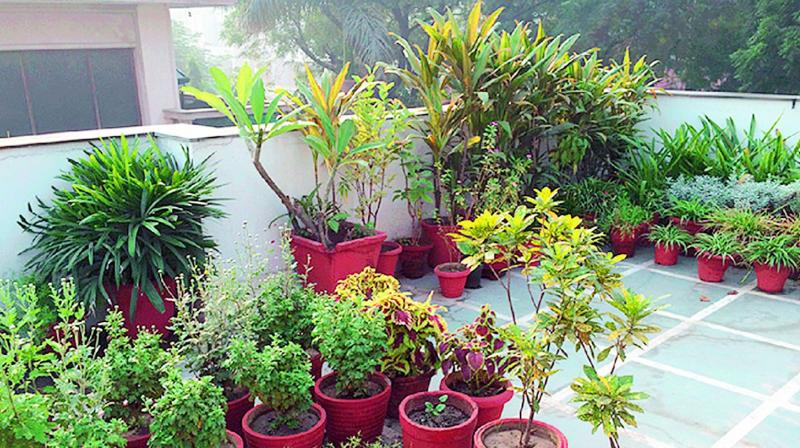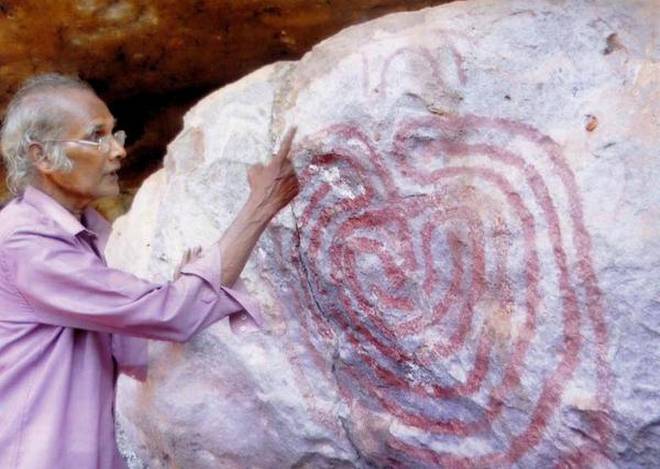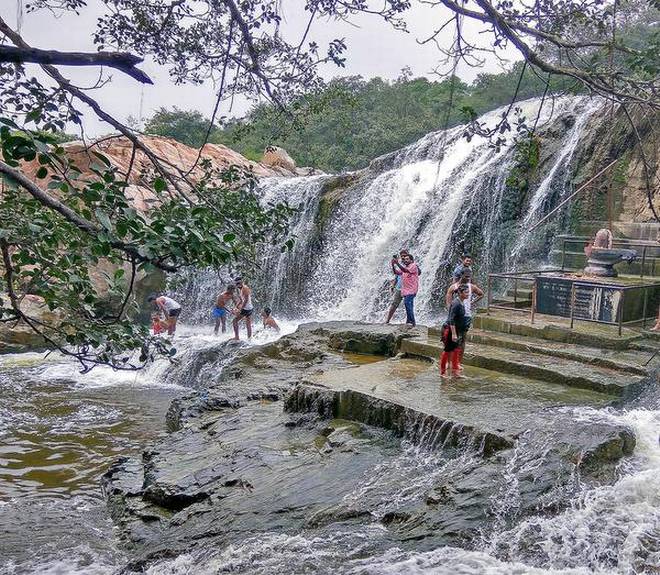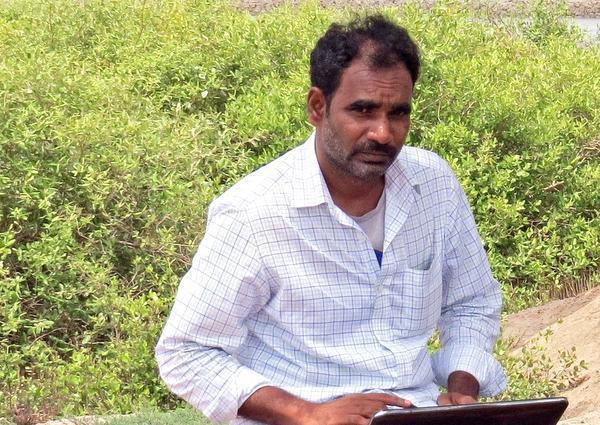Visakhapatnam:
As you take a left from the main road in the suburb of Kurmannapalem to enter the 19,704-acre campus of the Visakhapatnam Steel Plant, you will fell a discernible drop in temperature. One wonders how a sudden dip in temperature in this area is possible given that steel is made by smelting iron ore in blast furnaces at a temperature of over 900 degrees Centigrade.
The answer, according to Pramod Kumar Mahapatra, general manager (law and administration) of RINL, the corporate entity of Visakhapatnam Steel Plant, lies in the fact that more than 50% of the integrated steel plant area is covered by a dense forest.
The steel plant is surrounded by the Nadupuru reserve forest and other hills on the south-western side, and the Bay of Bengal on the eastern side, which helps in lowering the temperature of the area, Mahapatra said on Tuesday.
“Production of steel generates heat, but the surrounding greenery controls pollution and creates a unique ecosystem in which normal temperature is lower by 3 to 4 degrees Centigrade than in the municipal areas of Visakhapatnam,” Mahapatra told TOI.
According to him, the RINL invested Rs 468 crore in pollution control measures when the steel plant’s capacity was 3 million tonnes per annum (mtpa). The investment rose to Rs 1,283 crore when the plant’s capacity was raised to 6.3 mtpa.
“These investments constituted 5.45% and 10.26% of the total project cost. Further, an amount of Rs 285 crore is being spent on environmental management every year,” he said.
An area of 6,700 acres is under green cover, constituting 34% of the total area of 19,704 acres under the control of RINL-VSP.
A total of 5.3 million trees have been planted in the area, though actual tree wealth is much more in view of the natural propagation of species due to stoppage of biotic and non-biotic interference in the steel plant area.
source: http://www.timesofindia.indiatimes.com / The Times of India / News> City News> Visakhapatnam News / TNN / December 28th, 2017





